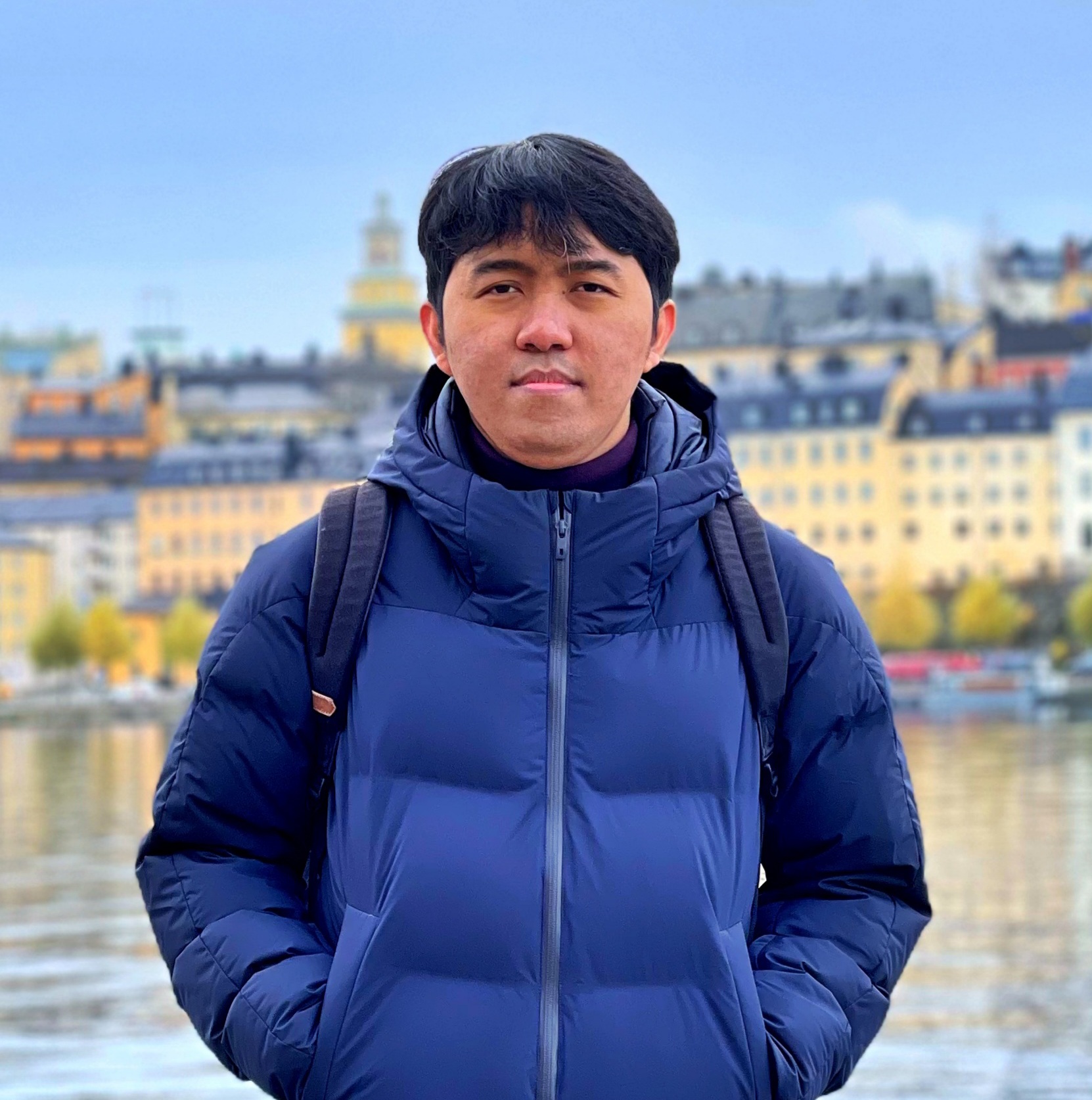What it does
Banoo is an integrated aquaculture technology, consists of microbubble aerator, IoT water quality sensor & mobile apps that can increase dissolved oxygen in water up to 10 ppm & has proven to increase fish farmer yield up to 78% compared to other technologies
Your inspiration
Banoo is inspired by a poor and small-scale fish farmer in Yogyakarta, Indonesia, named Pak Sadi. After an in-depth interview with him and other fish farmers in Yogyakarta, the crucial problem in aquaculture is identified: the degradation of the water quality in aquaculture due to unsustainable practices. It causes an increasing amount of ammonia and a decreased dissolved oxygen in the fish pond, thus increasing the risk of fish mortality and inefficient aquaculture. Sadi and fish farmers in Yogyakarta portray a total of 2.2 million Indonesian fish farmers living in poverty.
How it works
Three main technologies in Banoo: microbubble aerator, IoT sensor, & mobile apps. Microbubble aerator is an aeration technology that can produce 40-micron bubbles in water & increases the dissolved oxygen (DO) up to 10 ppm. How does it work? When the water pump is turned on, the water will be sucked through the water suction & flowed out through the discharge. Water flow that occurs will make a pressure difference that makes the air on the outside will be sucked into the hose & enter the nozzle. The air will pass through the porous pipe in the nozzle, which produces micro-sized bubbles & mixed with the water flow. The microbubble aerator is automated by an IoT sensor that gathers the data & provides the real-time condition & important water parameters of the pond to fish farmers that can be monitored through mobile apps. The microbubble aerator will be turned on automatically if the DO in the water is low & turn off when DO is high enough with certain indicator
Design process
In January 2016, I joined a research group at Universitas Gadjah Mada, Indonesia, which has a research focus on multiphase flows. My team and I researched microbubbles application for wastewater treatment. From the research, I tried to develop ideas to implement microbubble research in other sectors and applications. At the same time, I also had a community service program with my colleagues that focused on helping fish farmers. Then, we got an "aha" moment and started implementing microbubble research in aquaculture. We built the first microbubble aerator prototype for aquaculture in July 2016. We continued our research and development until 2018, but unfortunately, my colleagues decided to stop working on the project and chose to work in large companies. Therefore, I looked for other people who could help to develop the product. In October 2018, I met Ari, an electrical engineer who helped me combine the product with an IoT sensor. I also met Selly, a business management student, and Hary and Aliva, aquaculture students. With them, I started to look for funding from many institutions to develop further the technology. After long research and development from 2018 to 2022, we successfully launched the minimum viable product of Banoo in January 2022.
How it is different
There are several aerator technologies for aquaculture: blower, paddlewheel, venturi, & turbojet aerator. Blower aerator is relatively cheap for fish farmers & has low electricity consumption (100 W) but it only could increase dissolved oxygen up to 3 ppm & has very narrow coverage area. On the other hand, paddlewheel & venturi aerator have quite wide coverage area but they only could increase DO up to 5 ppm & they are expensive & have high electricity consumption (750 - 1000 W). The turbojet aerator is one of advanced aerator technology that can increase DO up to 7 ppm & has wide coverage are but the price is very expensive & has very high electricity consumption (1500 W). Based on our long R&D, Banoo has been proven to increase DO up to 10 ppm in a wide area of fish pond with low electricity consumption (100 W Banoo could cover around 70 sqm pond and 500 W Banoo could cover 500 sqm pond). And the most important it’s affordable for small scale fish farmers!
Future plans
We have succeeded in developing the minimum viable product of Banoo in January 2022 and also got some support from several institutions. However, the current product has several minor problems and can be improved from aesthetic and ergonomic perspectives. Moreover, we intend to start introducing it to many fish farmers in Indonesia and also a broader market in Southeast Asia through hardware as a service business model (HaaS). Thus we can make a bigger impact and help more small-scale fish farmers and also transform aquaculture in Southeast Asia into a more sustainable aquaculture
Awards
Banoo has received several awards from international institutions and competitions, such as People Choice Award Cisco Global Problem Solver Challenge 2019, the Grand Prize Winner TFF Challenge 2020, the MataGaruda Award 2021, Winner of WE Innovate Imperial College London 2022, and NEOM Change Makers Award 2022.



Connect